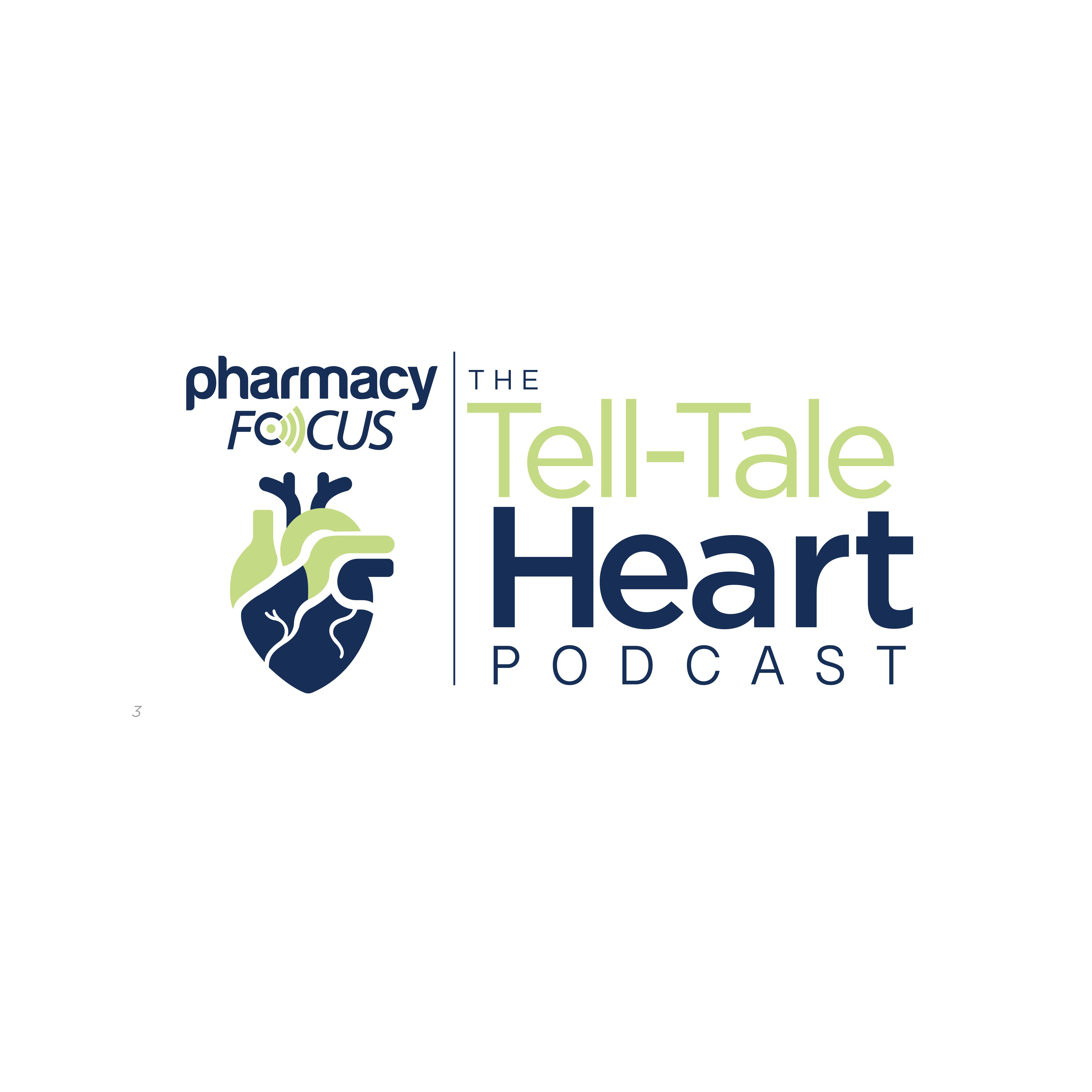Article
Unconventional Methods May Improve Recovery After Stroke
Author(s):
Horse-riding and rhythm-and-music therapy improved stroke recovery perception among patients.
After a stroke, patients may experience significant physical and cognitive changes. While traditional physical therapy is typically recommended, additional methods may be necessary for certain patients.
A new study published by Stroke found that horseback riding and rhythm-and-music therapy were able to improve overall recovery from stroke. Particularly, patients reported improvements in gait, balance, grip strength, and cognition years after experiencing a stroke.
Engaging patients through physical, sensory, cognitive, and social activities target numerous functions. The authors found that this combination produces additional benefits compared with each individual stimuli, according to the study.
Included in the study were 123 patients aged 50 to 75 years who experienced a stroke 10 months to 5 years before baseline. The patients were randomized to receive rhythm-and-music therapy, horse-riding therapy, or standard care. Patients underwent therapy twice a week for 12 weeks.
The authors examined the patients’ perception of recovery at 3- and 6-month follow-ups.
The investigators found that of the patients who reported improved recovery, 56% received horse-riding therapy. An additional 38% of the patients who reported improved recovery were included in the rhythm-and-music group, while only 17% of patients were in the standard care group.
Horse-riding therapy features a multisensory environment and the movements of the horse create a sensory experience closely resembling normal human gait and has been found to benefit patients who have experienced a stroke, according to the study.
Another study found that equine-assisted interventions positively impacted patients with movement disorders. Therapeutic riding and hippotherapy were observed to improve balance, motor function, posture, gait, muscle symmetry, pelvic movement, psychosocial factors, and quality of life among patients with cerebral palsy, multiple sclerosis, and stroke.
In rhythm-and-music therapy, patients listen to music while carrying out hand and foot movements in response to visual and audio cues. This therapy was observed to help patients improve balance, grip-strength, and memory, the authors reported.
The study was limited by the small sample size and the fact that patients with severe disabilities were not included. Additionally, the authors do not believe that treating patients with mild disabilities with these therapies would be cost effective.
Further analysis of the findings, in addition to studies including more patients have been planned to determine the efficacy, timing, and costs of the therapies.
“Significant improvements are still possible, even years after a stroke, using motivating, comprehensive therapies provided in stimulating physical and social surroundings to increase brain activity and recovery,” said senior author Michael Nilsson, MD, PhD.
Newsletter
Stay informed on drug updates, treatment guidelines, and pharmacy practice trends—subscribe to Pharmacy Times for weekly clinical insights.






